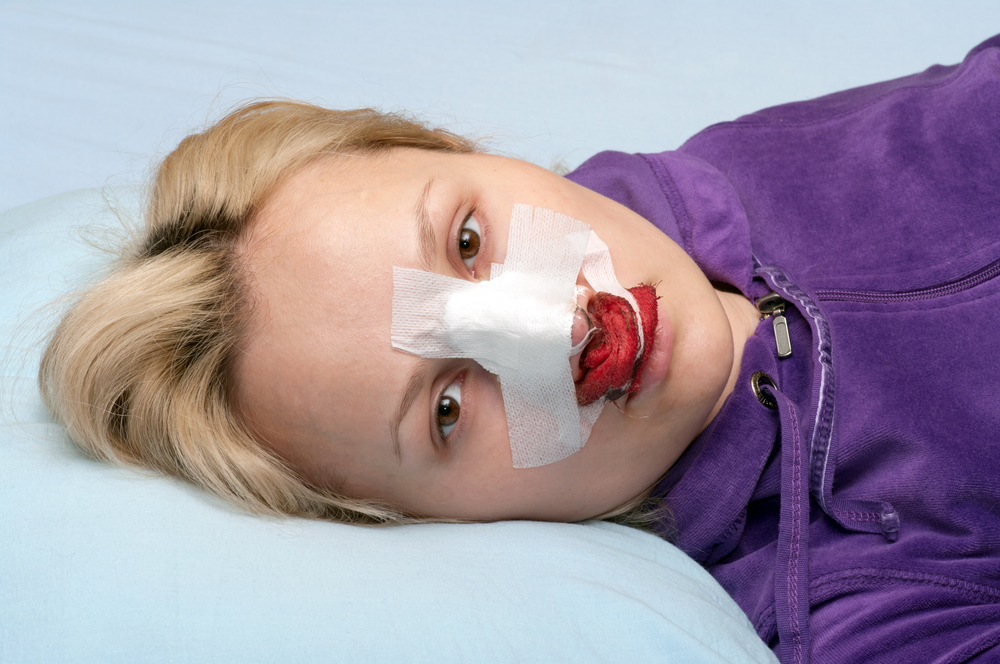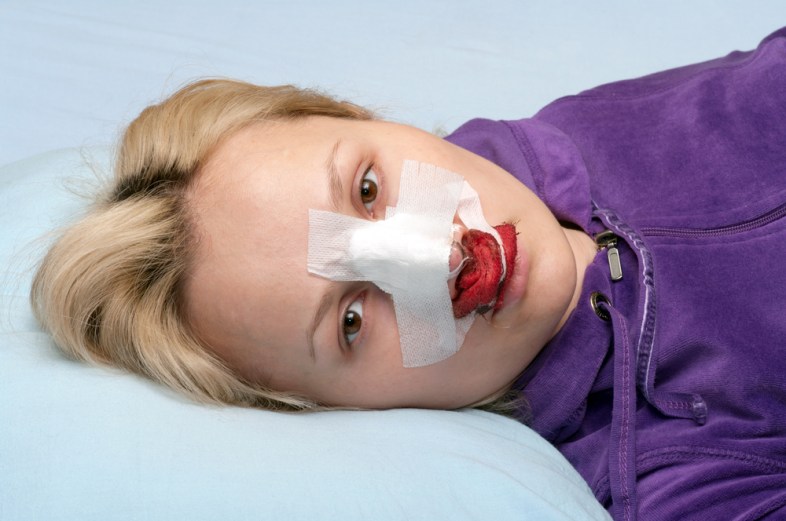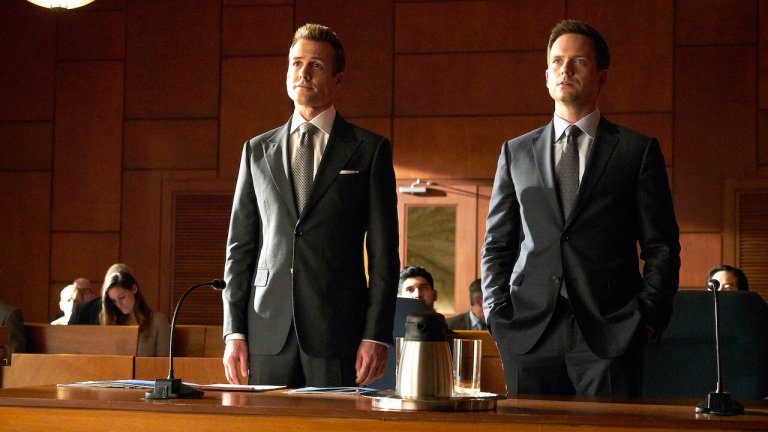
7 Secrets You Need To Know About Recovering From A Nose Job
Despite what my MD (and a good majority of the online reviews) said, I was 100% expecting to wake up feeling like I had run face first into a garbage truck.
By ![]() Eden Strong
Eden Strong

When an opportunity arose to have rhinoplasty (laymen’s terms: a nose job) to correct a nose broken by domestic abuse, I jumped at the chance to regain my former face. The outcome was stellar—thank goodness!—but the recovery? Didn’t love it so much.
I admit I’ve watched a few too many surgical shows on TV where a doctor literally takes a hammer and chisel to a patient’s face in the name of “rhinoplasty” and my insides recoiled in fear. So despite what my MD (and a good majority of the online reviews) said, I was 100% expecting to wake up feeling like I had run face first into a garbage truck.
Secret #1: I was wrong. The recovery didn’t hurt nearly as much as I was expecting it to.
Pre-surgery, my doctor had repeatedly told me that I would not likely need pain killers, that a majority of their patients did not, but I was too busy replaying “Extreme Makeover” surgery scenes in my head to really listen to what they were saying.
The surgery itself goes fast thanks to the wonderful medically induced nap they place you in. One minute, you’re nervously sitting in the triage area and the next, they’re cranking your bed up to a sitting position in the recovery room. As expected, I didn’t feel too snazzy on the way home from the hospital, but after a few hours at home, I was shockingly…feeling okay. I no longer needed my doctor-prescribed Vicodin or even a Tylenol, for that matter.
My doctors were right: rhinoplasty really did not hurt that much. However, before you sign up to get your nose straightened…
Secret #2: Although recovering from a nose job isn’t painful, it IS ridiculously uncomfortable.
Have you ever had a cold so bad you thought your head might actually explode because your ears and nose were so plugged up you could barely hear/smell? Imagine that x 1,000.
I would have gladly drilled a hole in my forehead just to release the pressure and congestion of the internasal surgical packing (which is basically packing designed to stop bleeding and give your nose time to set. It’s essentially like having tampons, applicator and all, in your sinuses). I had been warned in the pre-surgical consult that the internal packing was the most uncomfortable part, but again, I didn’t listen to them because I was too busy making sure they were writing me a prescription for pain killers.
I should’ve listened.
Intense congestion is an understatement; it brings new meaning to the word “uncomfortable.” I wish my doctors would have advised me to stock up on soft foods because even though technically I could chew, I was afraid I’d choke to death trying to do it while simultaneously breathing through my mouth.
I also didn’t realize how much I relied on my sense of smell until that sense was taken from me. “Is this milk old? Is this yogurt supposed to be chunky? What if the house is on fire and the smoke alarms fail?” (You have a lot of time for irrational thoughts while you’re trapped at home, recovering.) It’s hard to eat, it’s hard to breath, and it’s surprisingly hard to hear because the packing can block your ears. Oh, and since you can’t wear glasses after the surgery, you might not be able to see either, depending on how bad your vision is. Basically, it sucks.
Secret #3: Nobody talks about what happens when you can’t close your mouth (since that’s the only way to keep breathing).
In my pre-rhinoplasty research, I read that many people complained of dry throats and mouths whenever they tried to sleep. So I set up multiple humidifiers around my bed in advance, hoping the steam would calm the Sahara Desert that was my throat. Remember how I said packing was miserable (See #2)? That PALED in comparison to waking up every five minutes for days on end because my raw throat was screaming for water, rain, a strangers spit, ANY LUBRICATION AT ALL.
Secret #4: When the internal packing comes out 3-5 days later, it’s the most disgusting yet wonderful thing you’ll ever experience.
As the doctor pulled surgical cotton and plastic out of my sinus cavities, through my nose, I was practically screaming, “Yes, yes, YES!” Just because I knew the pressure would finally be relieved.
After that, the doctor vacuums the inside of your nose. No I’m not kidding.
Secret #5: Let’s talk about bruising.
As I mentioned, recovery wasn’t painful but if you looked at my face, you’d think it was. The doctor prescribed me a high-dose steroid to help minimize the bruising and while the drugs made me hungry, irritable, and nauseous, I can’t really say if it helped the bruising any or not. I walked around for nearly two weeks looking like I had been involved in a wedding dress sample sale fight, as the bruises changed from purple to black to green and finally to yellow before fading away. I looked hot—if you’re into The Walking Dead.
Secret #6: Those “complications” they warn you about? They’re real.
I’m not a complete idiot so I obviously heeded the warnings about possible complications and talked with my doctor at length before making what I considered to be a well-informed decision. But despite that, I hemorrhaged in the recovery room. One minute the nurse is trying to shove a cracker into my mouth and the next minute blood is pouring from my head while the doctor is screaming at the anesthesiologist to put me back under because “she’s bleeding out and we need get her back into surgery NOW.” Thankfully, I had a fantastic doctor who was able to stop the bleeding but needless to say, it was an experience that will stick with me for life and weigh on my mind for any future medical decisions.
Secret #7: I would do it all over again in an instant.
After eleven days the bruising subsided. After a month, the internal scabs had healed (I know, gross, why did I not know about this?), and ten months later, I’m extremely pleased with the results.
But next time, I would definitely buy more humidifiers. ![]()












